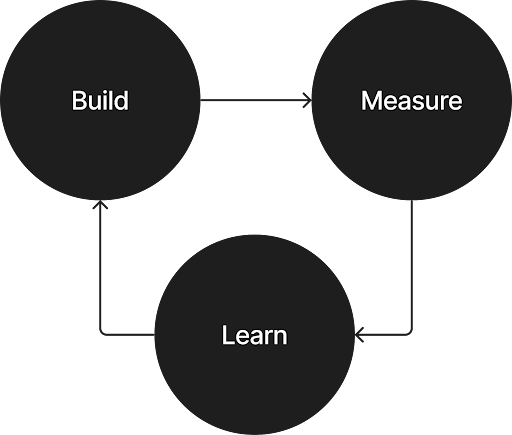“LinkSquares is a high-powered solution with excellent user-friendliness and customer service.” - Lance A. Manager of Legal Operations at a Mid-Market Company.
At LinkSquares, we pride ourselves on our customer-driven approach to delivering world-class contract management solutions. As a potential future customer or team member, you may wonder, how do we do this?
Well, it’s science…and art. It’s the secret sauce that enables our Product Development Team to align, develop, and deliver.
“Everything we do comes back to how we anticipate and answer our customers’ needs. Our product strategy and roadmap are designed to ensure that we are not just delivering on the value our customers expect, but exceeding their expectations.” - Christine Sullivan, LinkSquares VP of Product
LinkSquares employs Lean Startup Methodology, including a Build-Measure-Learn framework, which is a data and hypothesis-driven model that empowers our team to identify and solve impactful customer problems. Our product development lifecycle is an adapted version of this feedback loop where customer business problems are identified, product features are built to solve those problems, and the solutions are evaluated.

This simple cycle keeps our team aligned on what really counts - customer impact. By leveraging hypothesis development and validation to guide product development, we ensure LinkSquares users are driving our roadmap.
Build
Once we set out to build something, it’s all about collaboration between our product, design, and engineering team members. To deliver our roadmap, we use agile ceremonies to coordinate and employ a continuous release cycle to constantly ship new code.
Measure
When a new feature or enhancement is built, we gather data to measure its effectiveness. The data collected vary based on the product hypothesis that inspired the development work but often relates to making a task easier, the number of customers impacted, or the speed at which something can be accomplished. These analytics drive ideation in our next lifecycle stage, learn.
Learn
After acquiring the necessary data, we collaborate to better understand the feature, our product, and the impact on our customers’ lives. Our UX research and design, product management, engineering, the voice of the customer, and broader customer success team members all make essential contributions to understanding what’s working well and where our products need to improve. Once we’ve had time to understand how our customers have reacted to a feature or enhancement, we can evaluate the original product hypothesis that inspired us to build it and develop additional hypotheses that restart our product development cycle.
Want to learn more about the amazing product we’ve built? Don’t just take it from us. Check out our customer reviews, or request a demo to see for yourself.

Subscribe to the LinkSquares Blog
Stay up to date on best practices for GCs and legal teams, current events, legal tech, and more.



